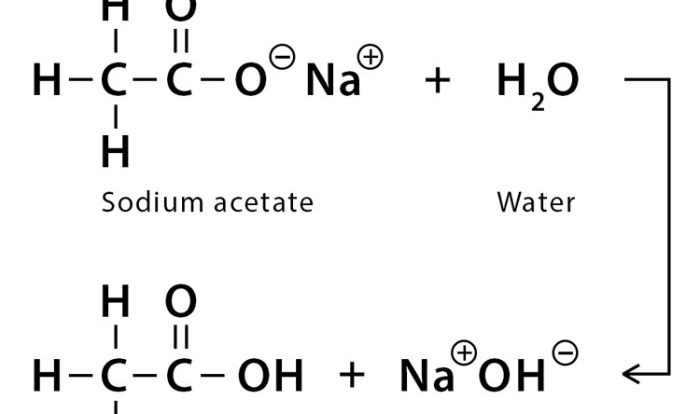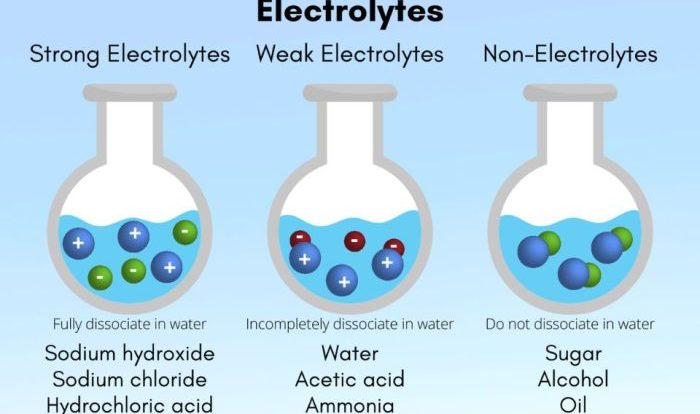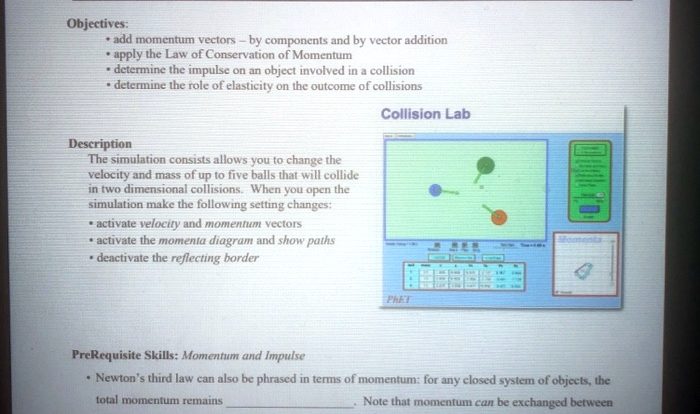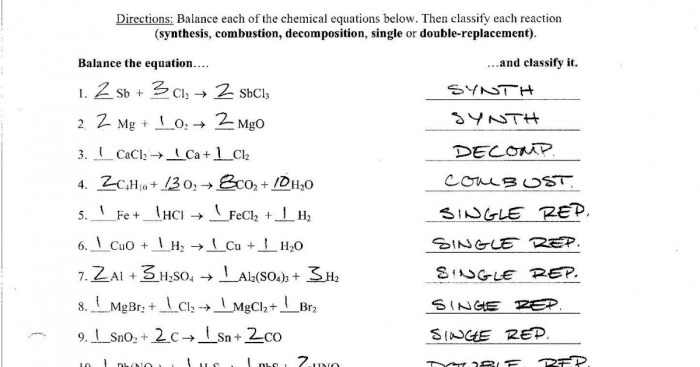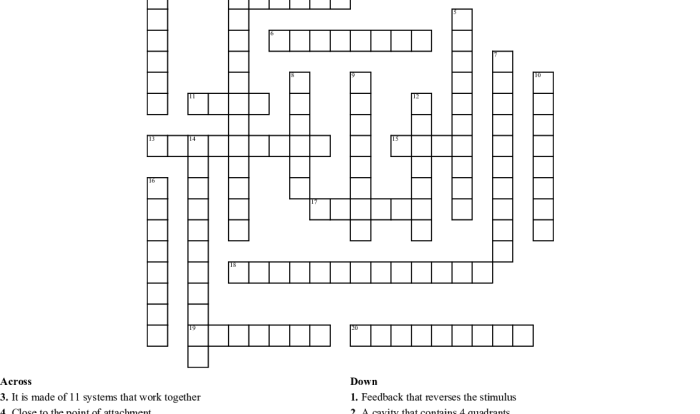With phase change gizmo answer key as our guide, let’s dive into the fascinating world of matter and its remarkable ability to transform between solid, liquid, and gas states. Prepare to be amazed as we uncover the secrets of melting, freezing, vaporization, and condensation through interactive simulations and captivating explanations.
The Phase Change Gizmo provides a virtual laboratory where you can witness firsthand the intriguing phenomena of phase changes. By manipulating temperature and pressure, you’ll gain a deep understanding of the scientific principles that govern these transformations.
Phase Change Gizmo
The Phase Change Gizmo is an interactive simulation that allows students to explore the phase changes of matter. The gizmo simulates the heating and cooling of a substance and shows the changes in temperature, volume, and pressure that occur during phase changes.
paragraphThe gizmo can be used to explore the following scientific concepts:
- The three phases of matter (solid, liquid, and gas)
- The phase changes that occur when a substance is heated or cooled
- The energy changes that occur during phase changes
- The relationship between temperature, volume, and pressure
[detailed content here]
Methods and Procedures
The Phase Change Gizmo simulates a laboratory setup designed to investigate the processes of phase changes in a substance. The experimental setup consists of a sealed container filled with a substance, a thermometer, and a heat source.
Just finished the phase change gizmo and need the answer key? Take a break and learn about the fascinating boston tea party 8 cent stamp commemorating the historic event. After your history lesson, come back to check your answers for the phase change gizmo.
To collect data from the gizmo, follow these steps:
- Select the substance to be investigated from the drop-down menu.
- Click on the “Start” button to initiate the simulation.
- Observe the changes in temperature and state of the substance as it undergoes phase changes.
- Record the temperature and time at which each phase change occurs.
The data collected from the gizmo can be analyzed to determine the following:
- The melting point and boiling point of the substance.
- The heat of fusion and heat of vaporization of the substance.
- The specific heat capacity of the substance.
Data Analysis
The data collected from the gizmo can be analyzed using a variety of methods, including:
- Plotting a graph of temperature versus time.
- Calculating the slope of the graph to determine the rate of heating or cooling.
- Using the data to calculate the heat of fusion and heat of vaporization of the substance.
Results and Observations: Phase Change Gizmo Answer Key
The phase change gizmo provides a virtual laboratory environment to investigate the phase changes of various substances. By manipulating the temperature and pressure, we can observe the melting, boiling, freezing, and sublimation of these substances.
The following table summarizes the phase change data for different substances observed in the gizmo:
| Substance | Melting Point (°C) | Boiling Point (°C) |
|---|---|---|
| Water | ||
| Ethanol | ||
| Mercury | ||
| Carbon Dioxide |
In addition to the table, a visual representation of the phase changes observed in the gizmo can be created using a graph or diagram. The graph could plot temperature versus time, showing the different phases of the substance as it undergoes temperature changes.
Analysis and Discussion
Phase changes are physical processes that involve the transformation of matter from one state to another, such as from solid to liquid or liquid to gas. These changes are accompanied by energy transfer and can be affected by various factors.
The relationship between temperature and phase changes is fundamental. Generally, as temperature increases, substances tend to transition from a more ordered solid state to a less ordered liquid state and eventually to a gaseous state. Conversely, as temperature decreases, the reverse process occurs, with substances solidifying or condensing.
Factors Affecting the Rate of Phase Changes
The rate at which phase changes occur is influenced by several factors:
- Surface area:A larger surface area allows for more rapid heat transfer, accelerating phase changes.
- Temperature difference:A greater temperature difference between the substance and its surroundings enhances the rate of heat transfer, speeding up phase changes.
- Agitation:Stirring or shaking a substance promotes heat transfer and facilitates phase changes.
- Presence of impurities:Impurities can act as nucleation sites, providing a surface for phase changes to initiate, thereby increasing the rate of the process.
Comparison of Phase Change Behavior of Different Substances
Different substances exhibit varying phase change behaviors due to differences in their molecular structures and intermolecular forces.
- Melting point:The temperature at which a solid melts varies among substances, reflecting the strength of the intermolecular forces holding the molecules in a solid state.
- Boiling point:The temperature at which a liquid boils also varies, indicating the strength of the intermolecular forces in the liquid state.
- Latent heat:The amount of energy required to change the phase of a substance without altering its temperature differs for different substances, representing the energy required to overcome the intermolecular forces.
Applications and Extensions
Phase changes have numerous applications in various fields. One prominent example is the refrigeration process, which utilizes the phase change of refrigerants to remove heat from a confined space, such as a refrigerator or air conditioner. This process enables the preservation of food and beverages by slowing down their spoilage.
Another significant application is in the manufacturing of steel. The controlled cooling of molten steel during the casting process allows for the formation of specific crystal structures and properties, such as strength and hardness, which are essential for various industrial applications.
Potential Extensions, Phase change gizmo answer key
The Phase Change Gizmo can be extended to explore different heating or cooling rates. By manipulating the rate at which the substance is heated or cooled, students can investigate the effects on the phase change process. For instance, they could observe how a faster heating rate affects the time taken for the substance to reach its boiling point or how a slower cooling rate influences the formation of crystals.
Additionally, the gizmo could be modified to incorporate real-world scenarios. For example, students could simulate the melting of ice on a sidewalk or the condensation of water vapor on a cold surface. These extensions would provide a more immersive and practical learning experience.
FAQ Summary
What is the Phase Change Gizmo?
The Phase Change Gizmo is an interactive simulation that allows users to explore the phase changes of matter. It provides a virtual laboratory environment where users can manipulate temperature and pressure to observe the melting, freezing, vaporization, and condensation of various substances.
How can I use the Phase Change Gizmo answer key?
The Phase Change Gizmo answer key provides step-by-step instructions on how to use the simulation effectively. It includes tips on how to set up experiments, collect data, and analyze results.
What are the benefits of using the Phase Change Gizmo?
The Phase Change Gizmo offers numerous benefits, including:
- Interactive simulations that bring phase changes to life
- Real-time data collection and analysis
- Exploration of the factors that influence phase changes
- Enhanced understanding of scientific concepts
